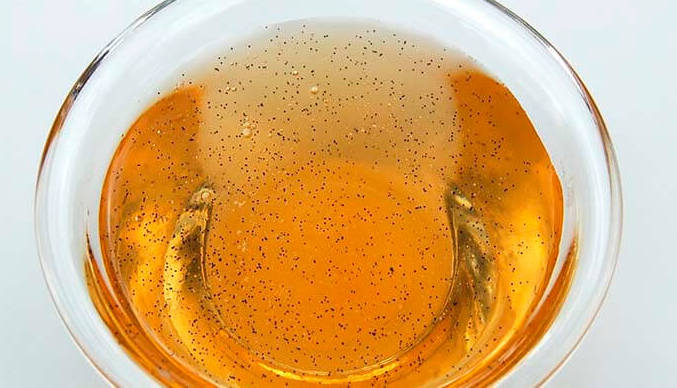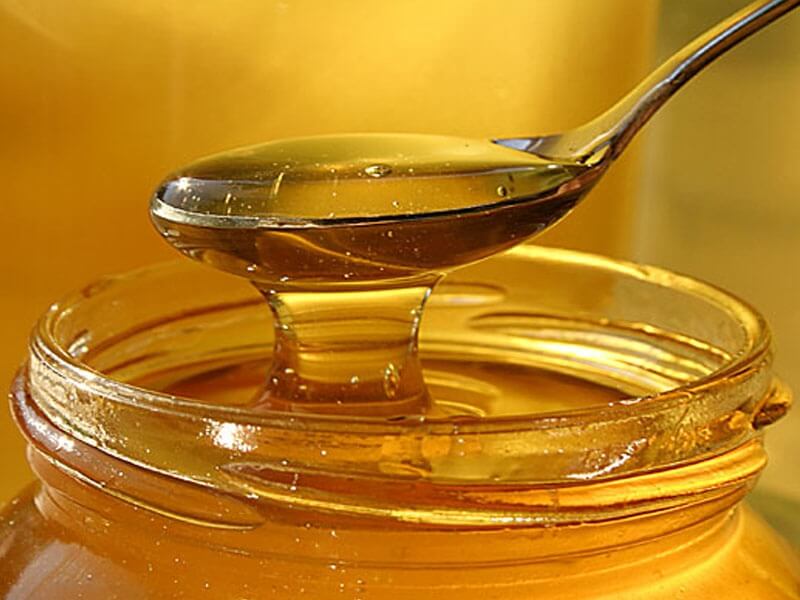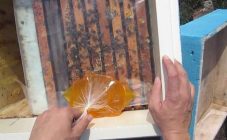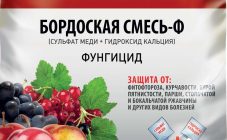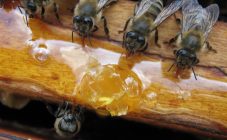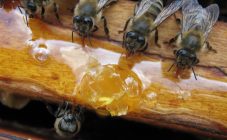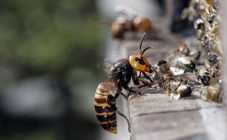Content:
Inverted Syrup is a nutritious bee food made from sugar. It is popular with beekeepers because of its usefulness and ease of preparation. With a shortage, lack of melliferous plants or honey sampling by beekeepers, the inhabitants of the hive do not have enough carbohydrates. After all, they consume them from honey - a natural food. In this case, you will need feeding with an inverter.
This carbohydrate product is beneficial to use, has a long shelf life, is easily absorbed by bees and does not crystallize. Many beekeepers are already familiar with this product and know how to prepare inverted syrup for bees following all the rules. You can do this at home.
Making inverted syrup
Invert is prepared on the basis of regular sugar syrup. The difference is that sucrose is broken down in it to glucose and fructose. So bees spend less effort processing the composition into honey. Cleavage occurs due to the addition of acids or a natural enzyme present in honey - invertase to the syrup.
The simplest cooking option is to combine sugar, water and citric acid (you can replace it with acetic acid). This method is economical and simple. But the resulting invert will contain nothing but carbohydrates.
The second way to make invert is to add honey to the sugar syrup. It already contains a natural enzyme produced by the bee's body. The resulting syrup, in addition to carbohydrates, will contain some amino acids and vitamins.
Inverting sugar for bees can also be carried out by such a method as introducing industrial invertase into the syrup. It is available in the assortment of veterinary stores. Using this component will save time: the inverting process will be faster. This excludes the possibility of infecting insects with diseases, which can happen if honey is added to the syrup.
Acid + sugar
- water 6 l;
- sugar 7 kg;
- citric acid 14 g.
Another variant
- water 2.8 l;
- sugar 5.5 kg;
- lactic acid 2 g.
In a saucepan, combine all the ingredients, put the resulting mixture on the fire, bring to a boil with continuous stirring. The syrup will cook in 1-1.5 hours. During this time, 95% of the sucrose will have time to be inverted. As soon as the invert cools down, you can treat them to the bees.
Honey, sugar and acid
- water 2 l;
- sugar 7.25 kg;
- honey 0.75 kg;
- acetic acid 2.4 g.
All ingredients are mixed in a container and infused at 35-36 ° C for about 7 days.
The mixture is stirred three times a day. The inversion can be considered completed when there are almost no grains of sugar and foam on the syrup. After settling, it is poured into a clean container.
Industrial invertase and sugar
- water 5 l;
- sugar 5 kg;
- bee (industrial invertase preparation) 2 g.
First, you need to boil a simple syrup from water and sugar. When the finished product has cooled to a temperature of 40-50 ° C, invertase is added to it and mixed well.
In this case, fermentation takes about two days. In this case, it is necessary to keep the temperature in the room from 20 to 50 degrees.
When preparing syrup, it is important to consider several nuances:
- the sugar that goes to feed the bees must be light;
- it is better to feed the inhabitants of the hives with a warm invert, they consume cold ones less willingly;
- the water for making the syrup should be soft. The composition based on it crystallizes more slowly. If only hard water is available, then it must be defended before use.
If the feeding of bees with sugar syrup is carried out for the first time, it would be wiser to give 1 liter per colony. This will help you understand how much feed you will need in the future.
Sugar feeding bees
Can bees be fed sugar, and if so, how? It makes sense to deal with these questions in more detail in order to dispel the doubts that have arisen.
Feeding bees with a properly prepared sugar syrup is not only permissible, but also necessary. In the absence of honey reserves in the hives, insects can get sick, and sometimes die out. To avoid this, carbon feeding is required.
The syrup is given to insects in the spring, stimulating them to fly out of the hive. It is also important that the queen of healthy, well-fed bees gives more offspring. If the swarm suffers from a lack of carbohydrates, you will not have to rely on a large clutch from the uterus. Preparing additional food to maintain the bee colony will not be an unnecessary measure.
Sugar feeding is used by many beekeepers. They are approved by official technological documents.
Syrup is given to insects in early spring or autumn, after honey is pumped out. So medicines added to inverted syrup, as well as sugar, will not get into commercial honey. In addition, bee colonies involved in honey production often refuse the proposed supplements. So feeding the bees with sugar syrup does not result in a low-quality product and is considered absolutely normal practice.
Is it possible to feed bees with fermented honey
Despite the fact that honey bee feed is the most natural, not every product can be used for their preparation. Sour, fermented in no case is used for this. Some inexperienced beekeepers, feeling sorry for the slightly spoiled sweetness, try to fix it by boiling. This is mistake.
In wintered families, unprintable honey sometimes liquefies within the frames. At temperatures above 10 ° C, the yeast in honey and air is activated, provoking fermentation. Such honey is not used for feeding so as not to harm the bees.
Inverted syrup honey
If bees are given too much sugar syrup, especially during periods of low activity, they will no longer be able to process it. As a result, the output will be low-quality, sugary honey. Unscrupulous beekeepers often sell it as a good product, and sometimes they mix it with really good honey so that the falsification is not so noticeable.
Sugar honey contains very little, and sometimes even no vitamins and enzymes found in natural flower honey with pollen. It does not have any health benefits or health benefits when consumed, being a sweet "dummy". This product has almost no bactericidal effect. Moreover, thanks to the efforts of counterfeiters, such a product can look quite natural.
It is possible to distinguish honey obtained from sugar syrup from flower honey. You can get an unambiguous answer about the origin and composition of a product only in a laboratory equipped with special equipment. However, low quality is also defined organoleptically.
The main signs of sugary honey:
- the consistency is initially liquid, later cloudy-gelatinous. Small crystallization;
- the taste is sweet, but freshish, without the slight astringency inherent in flower honey;
- weak aroma, reminiscent of the smell of old honeycombs;
- sucrose is increased.
Such low-quality honey is prone to spoilage, fermentation and souring. But if heat treatment was carried out, that is, heating, the sugary honey does not spoil.
Sugar, with which bees are fed, makes itself felt in the composition of the resulting honey. In it, the percentage of sucrose will be significantly increased in comparison with flower honey:
- glucose 33%;
- fructose 35%;
- sucrose 2-13%.
The ratio of glucose and fructose in natural and sugary honey is the same.
In order for the bees to remain active and healthy, survive the winter with minimal losses, timely feeding will come in handy. Comparatively inexpensive and easy to prepare, inverted sugar syrup will be a reliable help for beekeepers in this case. The main thing is to comply with the measure and time frame to obtain the expected positive result.
